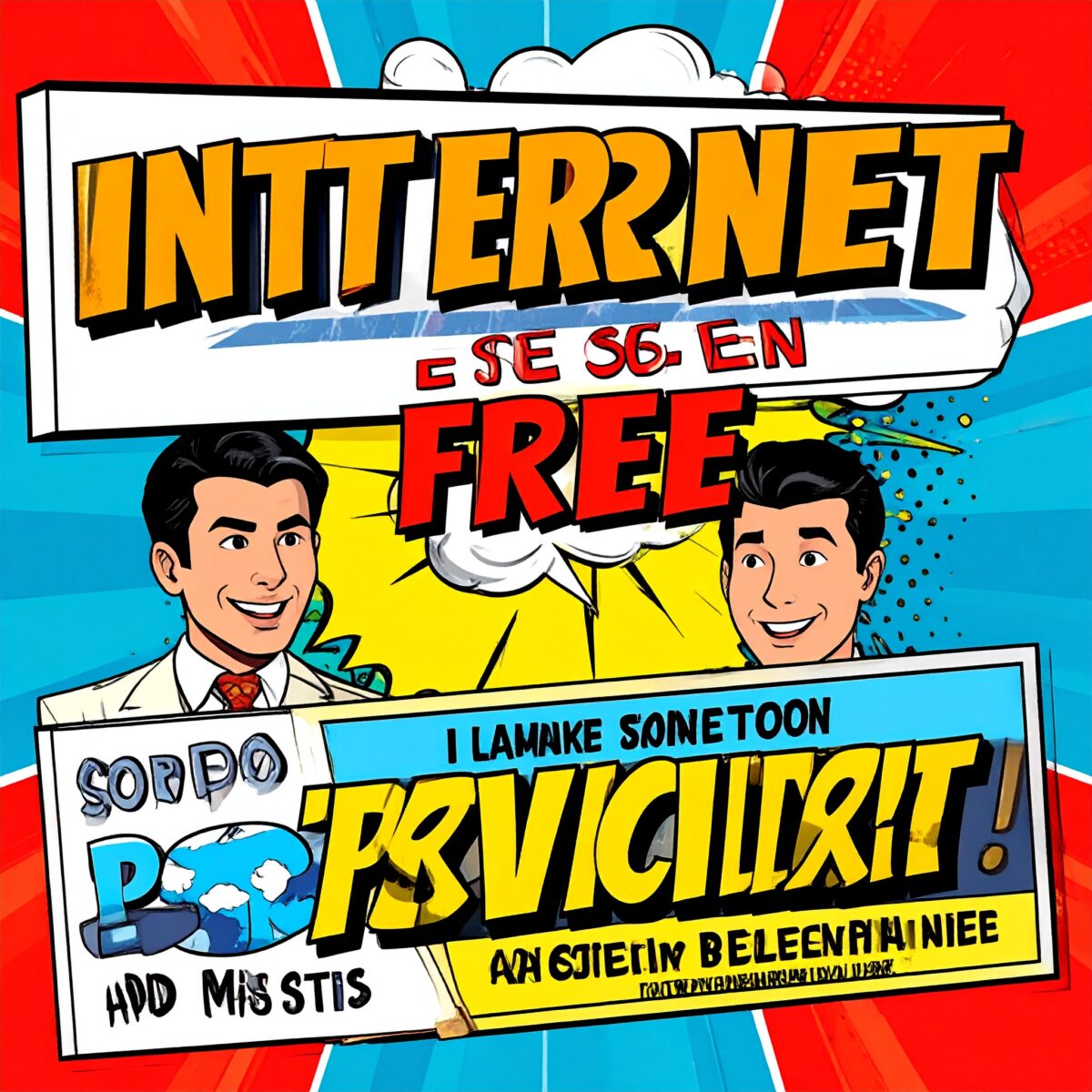Phrases like “Wi-Fi included” or “unlimited internet access” in property listings may seem appealing at first glance, suggesting a way to save on monthly utility costs. However, many tenants later discover the reality: “Yes, it’s free—but the connection is too slow to be usable.”
This article offers a clear and informed look at the structure and limitations of “free internet” properties, what to verify before signing a lease, and how to prepare for potential speed issues.
What Exactly Is a “Free Internet” Property?
When a real estate listing advertises “Free Internet,” it typically means that the building has a pre-installed internet connection, accessible at no additional cost to tenants.
There are generally two types of connection models:
-
Shared Line System: One internet line is distributed across all units in the building
-
Dedicated Line System: Each unit has a private line, with the cost embedded in the rent
Because the service is included, speed, stability, and support quality can vary significantly depending on the property and provider.
Common Issues with “Free Internet” Properties
1. Extremely Slow Speeds During Evenings
→ As more residents go online at night, shared bandwidth can become overloaded, causing severe slowdowns. Streaming video may become nearly impossible.
2. “No Installation Required”—But You’ll Need Your Own Router
→ Even if the listing says “Free Wi-Fi,” the unit may only have a wired LAN connection, requiring tenants to purchase and set up their own wireless router.
3. Unclear Support Channels
→ Property managers, internet providers, and installation contractors may all be separate entities, making it difficult to know who to contact when issues arise.
4. Restrictions on VPNs and Online Gaming
→ Bandwidth limitations or port restrictions can interfere with VPN services or online gaming.
Five Key Points to Verify Before Signing a Lease
✅ 1. Is the Connection “Shared” or “Dedicated”?
Shared connections are more cost-efficient but often unstable during peak hours. A dedicated line generally provides more consistent speed and reliability.
✅ 2. Internet Provider and Connection Type (Fiber? CATV?)
The performance of your connection depends on the provider and technology used. A fiber-optic line from a major provider (e.g., NTT FLET’S, NURO) is typically a sign of reliable service.
✅ 3. Actual Speed, Not Just Advertised Maximums
While advertisements may highlight speeds like “up to 1 Gbps,” the actual user experience can vary significantly. If possible, check the real-world connection speed during your property viewing.
✅ 4. Is a Wi-Fi Router Already Installed?
Many units labeled “Wi-Fi available” only offer a LAN port. In such cases, tenants must purchase and install their own router to use wireless internet.
✅ 5. Are There Usage or Port Restrictions?
If you need VPNs, online gaming, or secure work-from-home tools, it’s crucial to review the network terms in advance to ensure compatibility.
Who Should—and Shouldn’t—Choose a “Free Internet” Property
| Best Suited For | Not Recommended For |
|---|---|
| Those who primarily use the internet for YouTube, social media, or browsing news | Those who work remotely and transfer large files regularly |
| People who are often out and only use the internet at night | Individuals who frequently use online gaming, streaming, or voice chat |
| Tenants who prefer to avoid the hassle of setting up contracts or installations | Residents who demand a high-speed and highly stable internet connection |

How to Use “Free Internet” Properties Comfortably
▶ Upgrade Your Wi-Fi Router
Low-cost routers can cause slow speeds and unstable connections. Using a Wi-Fi 6–compatible or mesh router can significantly improve performance and coverage.
▶ Use a Signal Extender
In narrow layouts like 1K apartments, dead zones can occur. A Wi-Fi repeater or mesh node can extend your signal and enhance stability throughout the space.
▶ Ask the Property Manager About Private Contracts
Some buildings with shared internet still allow tenants to install their own fiber-optic line, providing greater speed and control.
Don’t Be Misled by “Free”—Assess the Overall Quality of Living
While complimentary internet can certainly help reduce household expenses, if it doesn’t perform well, then even “free” can be a loss. Today, internet connectivity is a vital utility. With remote work and online education becoming everyday necessities, stable access has become a fundamental criterion for housing.
Pre-Check Is the Key to Making the Most of “Free”
A smart choice in a free internet property can save you ¥5,000–¥7,000 per month in service fees. However, relying on that single word—“free”—in the listing may lead to frustrations like sluggish performance or video buffering that interfere with work and leisure.
Before signing, confirm the type of connection, provider, typical speed, and whether a router is included.
Make sure the setup aligns with your actual internet usage—this is the key to selecting a property that truly meets your lifestyle needs.




